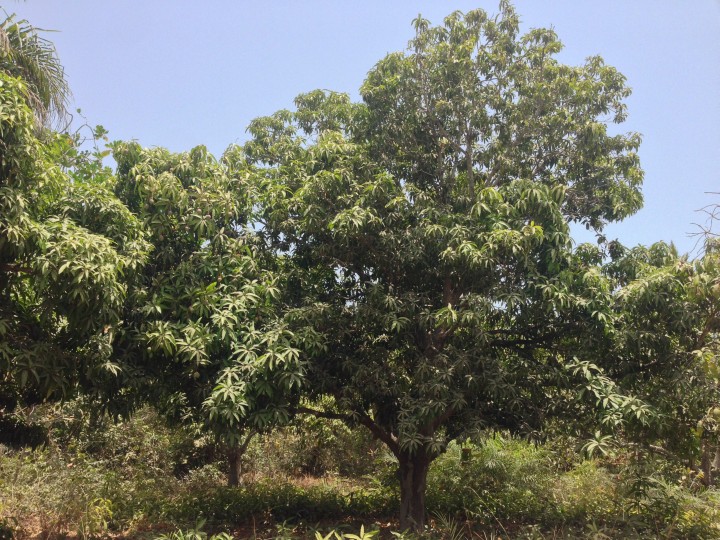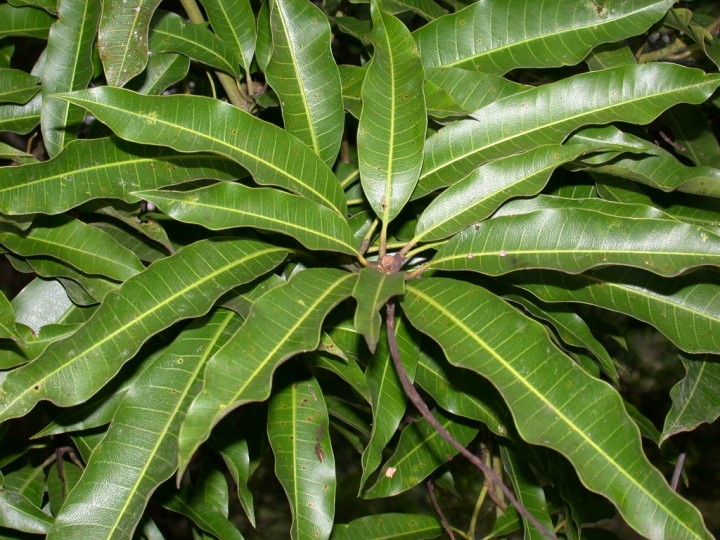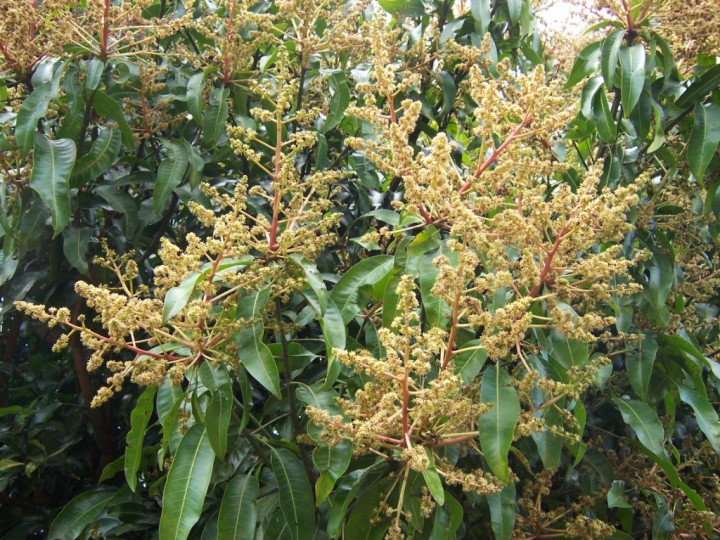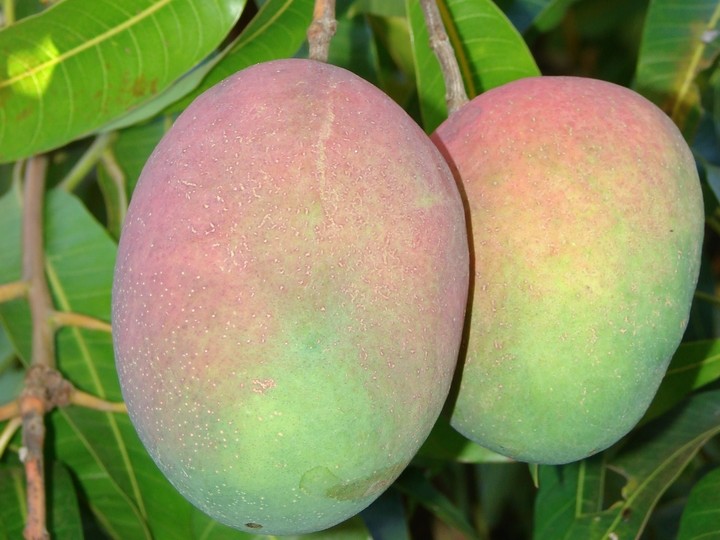Wild mango tree
Veröffentlicht am 15.02.2019 von Team Ecofund - Ansicht die KommentareDescription
The wild mango tree, also known by its scientific name, Mangifera indica, is a species of the Anacardiaceae family and of the Mangifera genus. Its local name in Diola is Nimangara. Mango trees are generally native to India but the species which grows in the Ecoparc (‘Wild Mango tree’ or ‘mango diola’ in Wolof) has always existed in the tropical forests of Africa. Contrary to other mango trees, the wild mango tree grows small stringy mangoes that are not very popular in the market. The cultivation of the mango tree is easy. The species will grow anywhere, although preferably in deep fertile soil. It needs space to grow. The mango tree is home to monkeys, birds and bats. Because the wild mango tree is overexploited (not just for its fruit but also for its wood), it has become an endangered species in the forests of Casamance.
Uses
In contrast to other mangoes sold on the market, wild mangoes are small, with a stringy and slightly acidic pulp. They are mostly eaten before they are fully ripe. Jam can sometimes be made from them, or a juice full of vitamins A and C. In Senegal, the leaves of the tree are well-known for their antiseptic and anti-tetanus properties. They can also serve as fodder for cattle. Mango tree wood is used in cabinet making and to produce charcoal.
Did you know…
Wild mango kernels are better planting seeds than the kernels of the other mango types. Therefore, it is preferable to plant wild mango trees first, and then replace them with other species.





